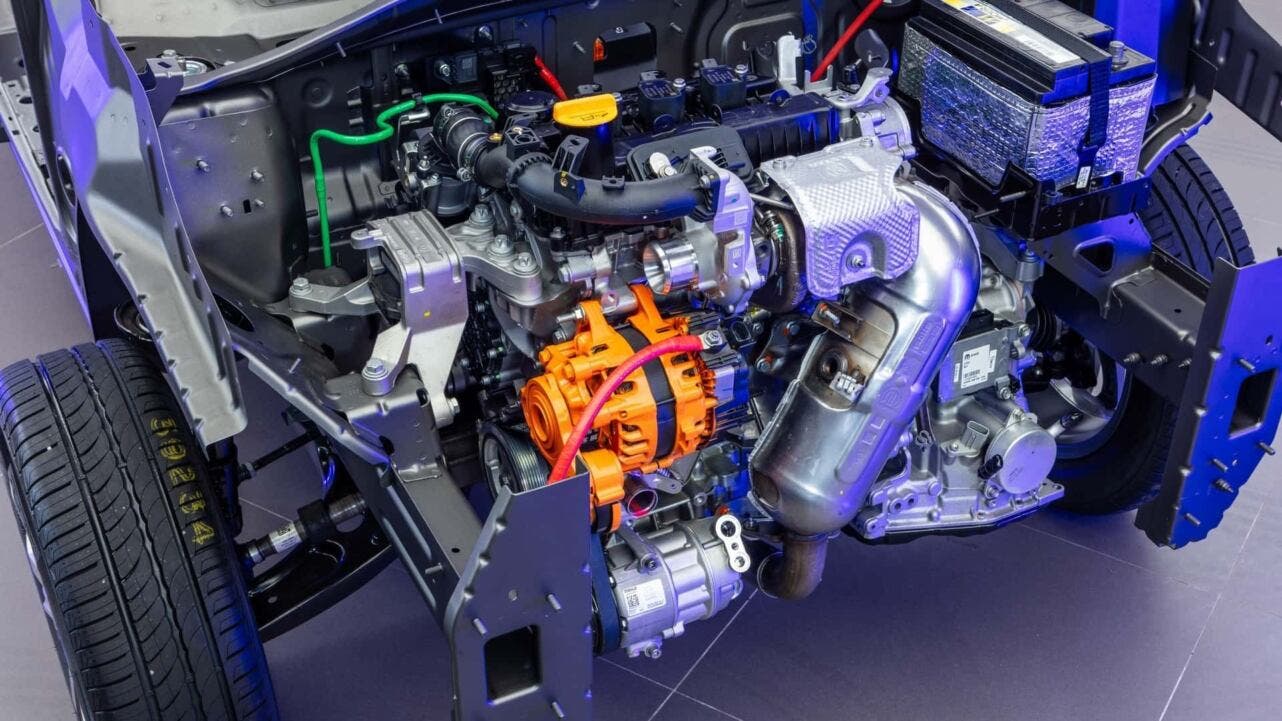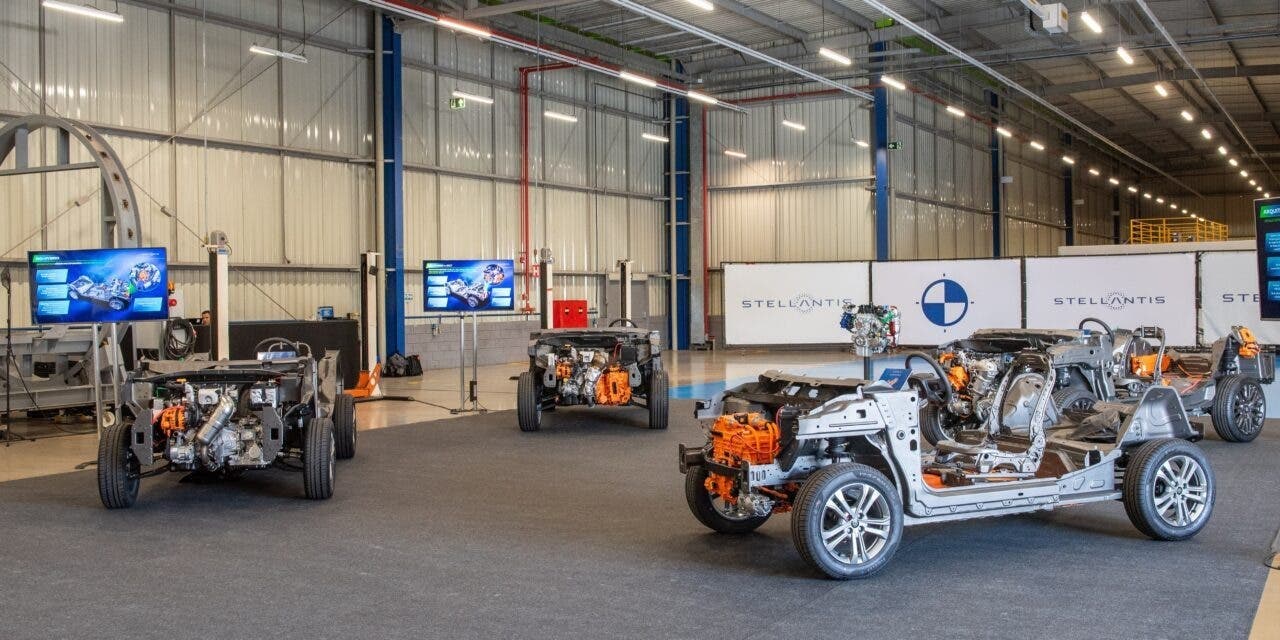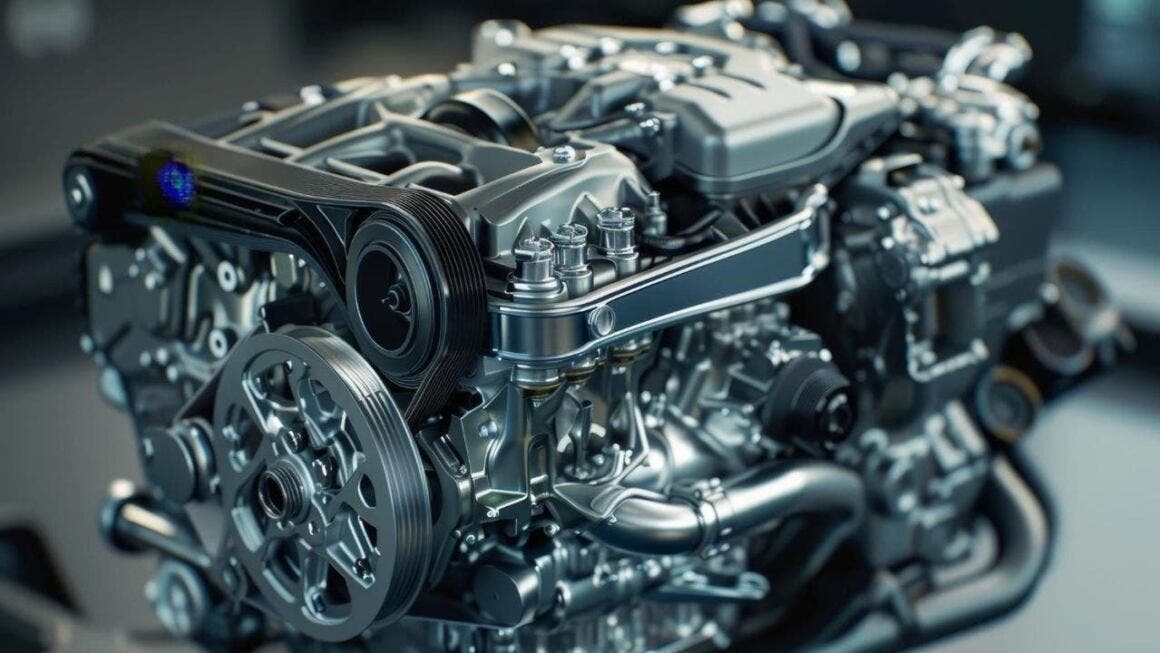Stellantis, one of the giants in the automotive sector, has announced a $6 billion investment in ethanol-powered internal combustion engines in South America. The ambitious project, linked to the production of over 40 new models by 2030, marks a decisive shift towards biofuels. This scenario diverges from the electrification and hydrogen trends that many other brands have been following in recent months. While many competitors are focusing on electric vehicles, Stellantis is betting on flex-fuel engines.
Stellantis invests in flex-fuel engines, unlike competitors focused on electric vehicles

Flex-fuel engines are systems capable of running on both gasoline and ethanol, a sustainable fuel. For this reason, flex-fuel engines would be central to Stellantis’ green strategy. These powertrains would represent a more ecological future, a versatile solution with less impact compared to traditional gasoline engines.
Ethanol, primarily produced from sugar cane and corn, is already blended with gasoline in countries like Brazil and burns more cleanly. Obviously, these engines contribute to the global reduction of carbon emissions. Stellantis’ huge investment in ethanol-powered engines aligns with its mission to reduce the ecological footprint of vehicles. The approach appears particularly suitable for the South American strategy, where ethanol is economically accessible and easily available. Brazil, after all, represents the ideal market for the expansion of flex-fuel technology.
For Stellantis, it’s not just about flex-fuel engines. The group is also developing hybrid-flex and plug-in hybrid technologies, which combine ethanol and gasoline-powered engines with electric motors. These hybrid vehicles offer an eco-friendly mobility option without entirely relying on fossil fuels. Hybrid-flex vehicles will also be equipped with batteries, thus improving fuel efficiency and further reducing emissions. This approach allows Stellantis to continue developing internal combustion engines while gradually preparing for the electric transition, particularly in regions where electric vehicle infrastructure is still limited.

By investing in ethanol engine technology, in integration with electric, Stellantis would remain competitive on several fronts, responding to the growing demand for greener mobility solutions. South America plays a strategic role in Stellantis’ global expansion plans, making this $6 billion investment the largest ever made in the region.
The nerve center of this innovation is Stellantis’ plant in Betim, Brazil, which is transforming into a global hub for the production of bio-hybrid engines, consolidating the region’s leadership in the field of sustainable mobility. Stellantis aims to achieve the goal of zero carbon emissions by 2038.

